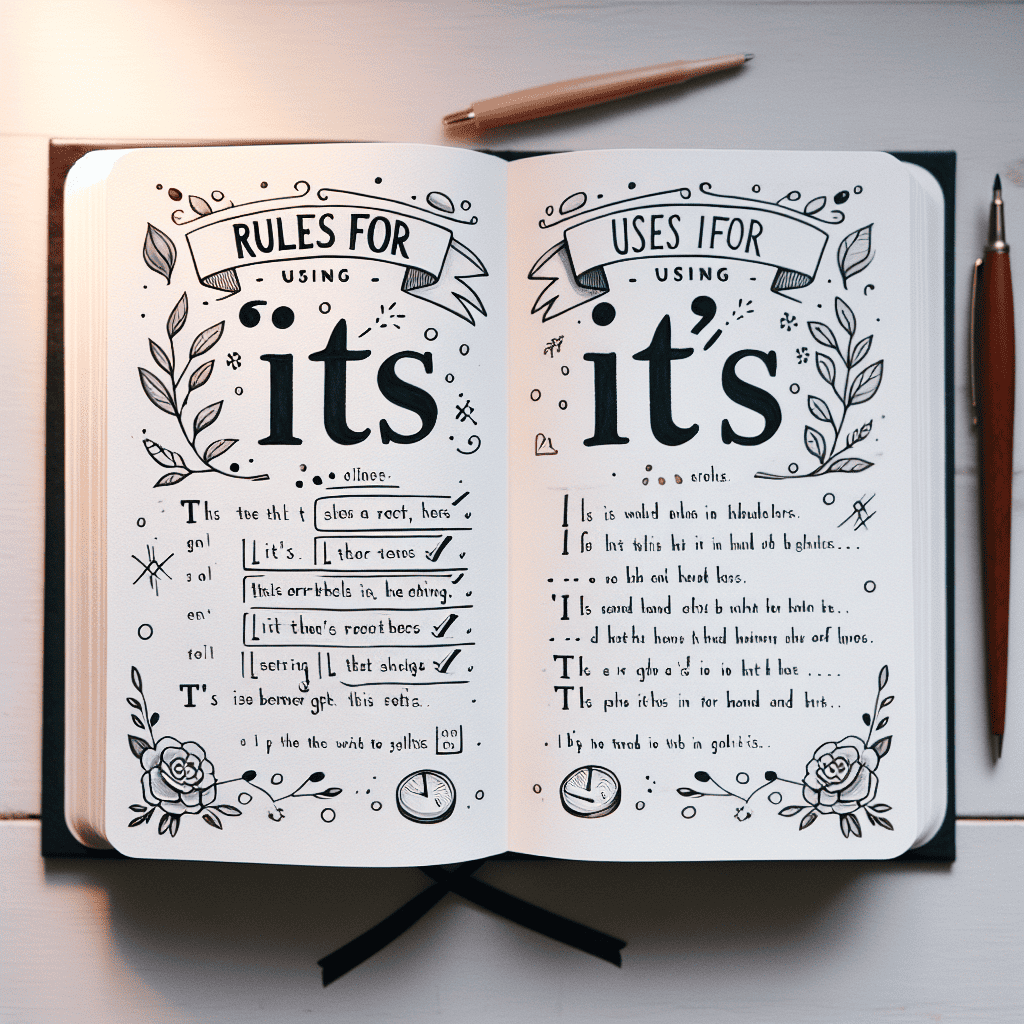Rules for Correctly Capitalizing “its and It’s”
Let’s clear up any confusion surrounding ‘its and it’s. These two words may sound similar but have distinct meanings and uses; here are a few guidelines to ensure you use these two terms accurately.
What Is “Its”
A possessive pronoun like “its” indicates ownership or association; for instance: when we say: The dog wagged its tail.” In this instance, “its” indicates that this action belongs to or associates itself with something else – for example ‘Their tail is waggling.” In such an example sentence ‘its” shows ownership by associating itself with something. For example “Their Tail Is Wagging”, showing its affiliation with something.
What Is “Its”
Its” is shorthand for “it is/ has.” Used to consolidate two words ‘it” and “has”, such as when writing “It is/ Has been Long Day/”. For instance: “It has been long day”.
When Should We Use ‘Its”
Use “its” when showing possession or association; remembering not to add an apostrophe before using “its”. Use ‘its” simply to indicate something belongs or is related to another thing.
Example usages for “it is”: A tree shed its leaves during fall. Schools are famous for having exceptional teachers. Finally, my car lost its keys.
When Should We Use “Its’” Use ‘it’s” when you want to combine two words such as ‘it” and “is,” or even “has.” Remember to include an apostrophe at the end to indicate this contraction between words.
Examples of using it’s: I think it may be time for us to depart; It was a pleasure meeting you all today and thank you very much for joining our conversation!
Note these simple guidelines to choose the appropriate words when showing ownership or using contractions: ‘its’ or ‘itss’? Knowing when each one should be used can ensure clear and efficient communication. #Rules #’its’ #’itss’
